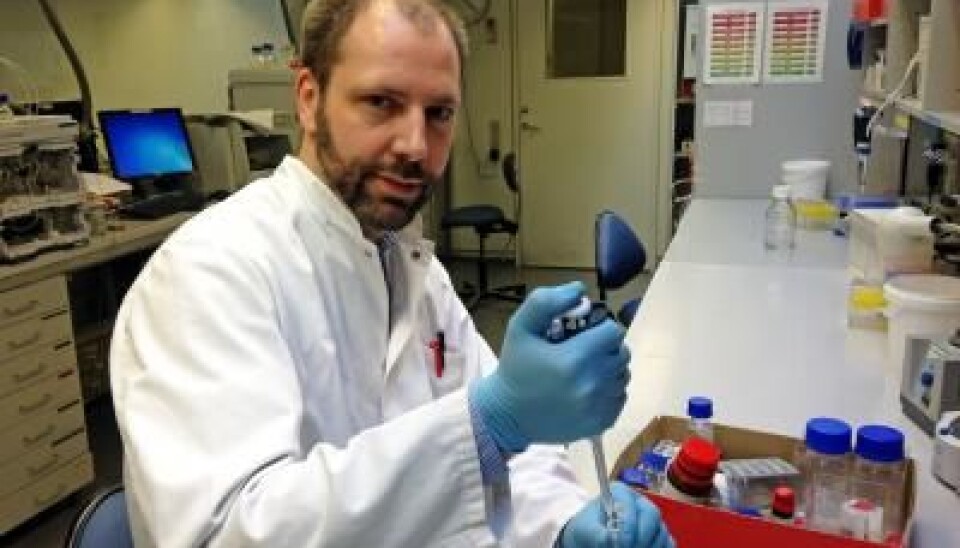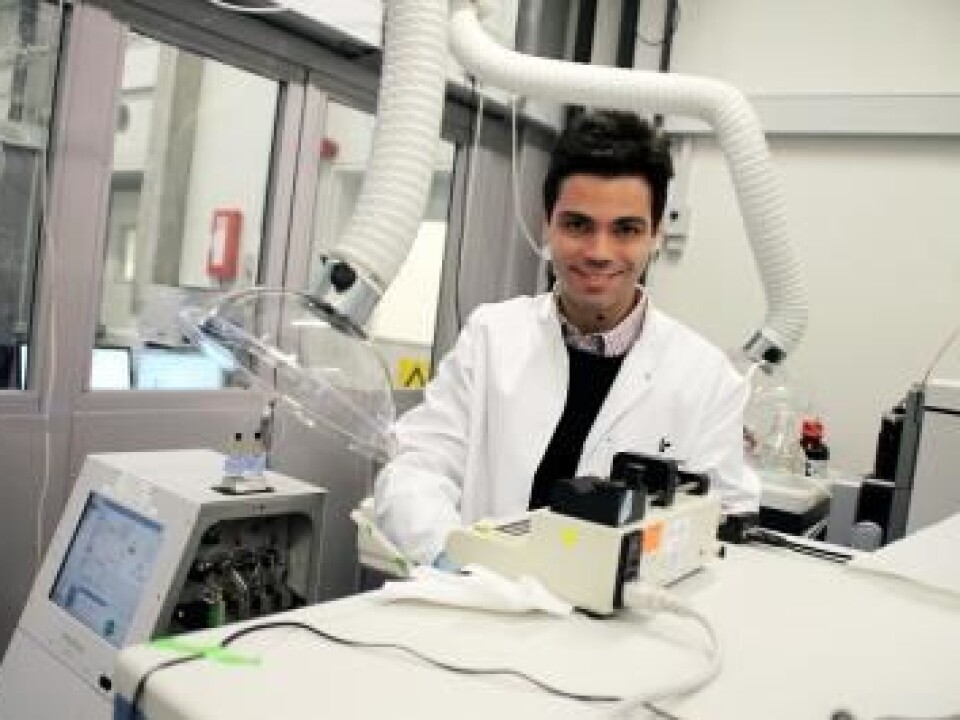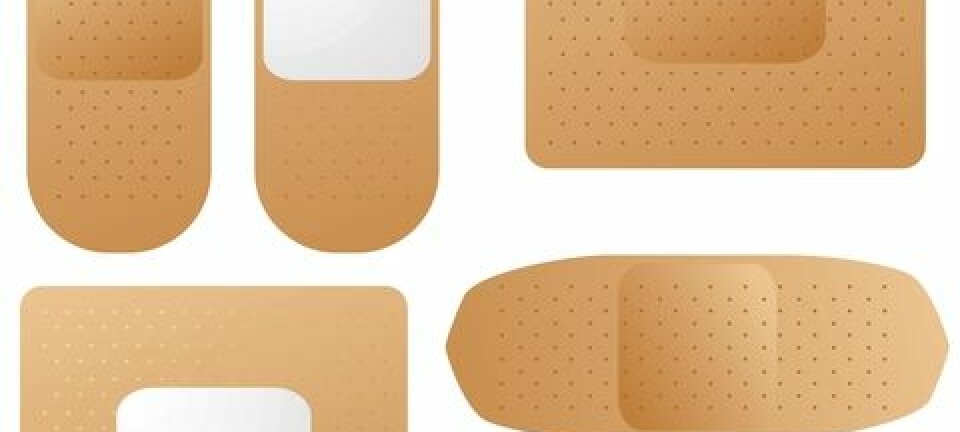
Silver nanoparticles can cause cellular changes
Silver nanoparticles in clothing and cosmetics can penetrate the cells in the human body – and may do harm.
Researchers from the University of Southern Denmark are concerned by the results of a new study on silver nanoparticles. The particles are so small that thousands of them can fit on a human hair. It is also known that silver is toxic to bacteria.
Clothing manufacturers use silver nanoparticles in some exercise clothing for precisely this anti-bacterial effect, to limit odours.
The Danish researchers studied how intestinal cells are affected by contact with the nanoparticles. They believe that the particles may come into contact with these cells in humans.
More free radicals are formed
Researcher Frank Kjeldsen stresses that solid silver does not pose any danger.

“But when you break the metal down to the nano level, the particles may penetrate the cell wall. This can cause cellular changes,” Kjeldsen said in a statement.
Only the smallest particles seemed to be able to enter the cells. There, the researchers found that they caused the formation of more so-called free radicals. These are oxygen compounds produced naturally in the body as a result of energy metabolism, but they can do harm if the amount increases.
“We also saw that both the shape and the amount of proteins changed. This worries us,” according to Kjeldsen and his colleague Thiago Verano-Braga.
Silver is among the most common substances used for nanoparticles. Other uses for silver nanoparticles include deodorants, food packaging, beverage bottles, bandages and refrigerators.
“Worrying”
Several serious diseases have been linked to the overproduction of free radicals, including various forms of cancer, and Alzheimer's and Parkinson's disease.
The risk posed by silver nanoparticles remains unclear, however.
So far there has not been much research on the subject. There are simply no certain answers. Kjeldsen and Verano-Braga emphasize that their investigation has been carried out on human cells in a laboratory, not in cells in living bodies.
Therefore, they can't say how many particles a person can tolerate before the particles cause changes in their cells.
“We can't conclude that silver nanoparticles cause illness. But we can urge caution, and the overproduction of free radicals is worrying," the researchers said.
Will end up in the water
The use of silver nanoparticles may also affect the environment. For example, when clothing containing the particles is washed, the particles end up in wastewater. Silver is quite stable and can cause problems in ecosystems or agricultural land over the long term.
The Swedish researcher Richard Arvidsson, from Chalmers University of Technology, has previously undertaken a study of nano silver in clothing and in sludge at a wastewater treatment plant in Gothenburg.
“Clothing is a major source of releases of silver nanoparticles. If their use continues to increase, it could have serious environmental consequences,” Arvidsson has stated.
A Norwegian study conducted in 2011 has also shown that nanoparticles are acutely toxic to juvenile salmon. Effects were measured at only 20 micrograms per liter. One microgram is one millionth of a gram.
------------------
Read the Norwegian version of this article at forskning.no







